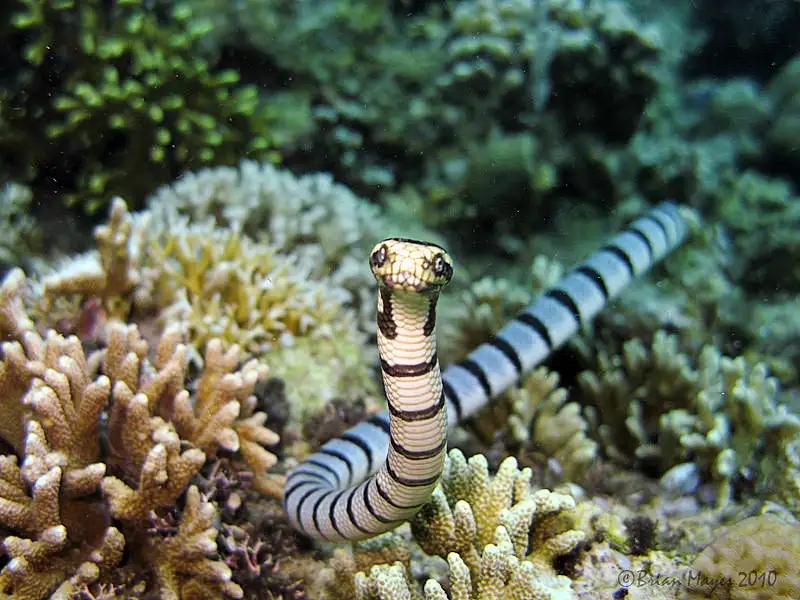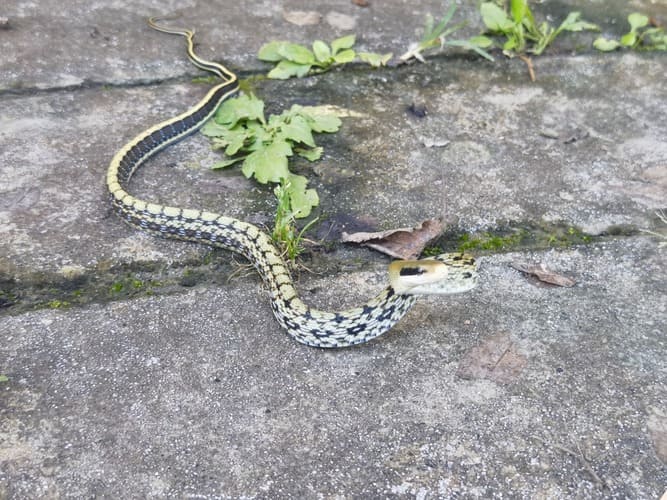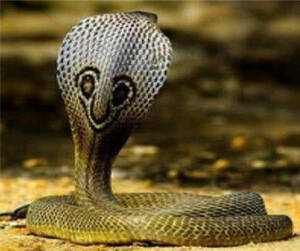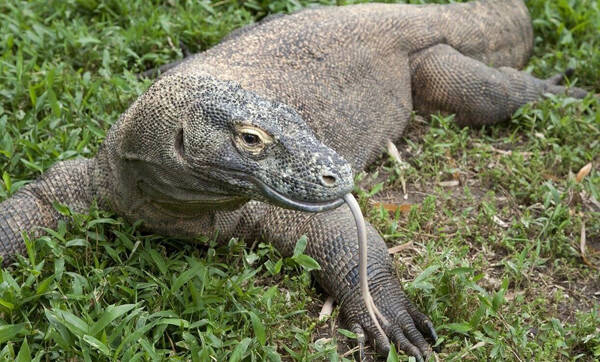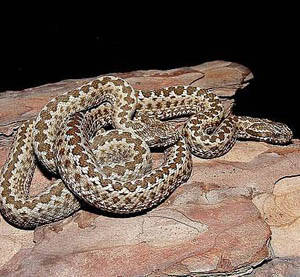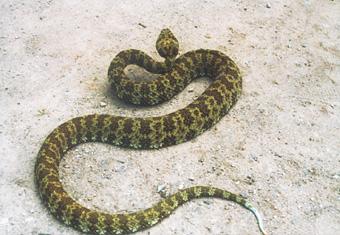Varanus exanthematicus
IUCN
LCBasic Information
Scientific classification
- name:Varanus exanthematicus
- Scientific Name:Grassland monitor lizard, plains monitor lizard
- Outline:Squamata
- Family:Squamata Varanidae Varanus
Vital signs
- length:Maximum can exceed 1.5m
- Weight:1-7.5kg
- lifetime:8-12 year
Feature
Husky among monitor lizards
Distribution and Habitat
Native place: Central and western Africa, including (Cameroon, Central African Republic, Congo, Eritrea, Kenya, Senegal, Tanzania, Ghana, Sudan, Mauritania, Chad, Togo, Mali, Niger, Nigeria, Gambia, Ivory Coast, Uganda, Burkina Faso, Benin).
Habitat: Terrestrial, solitary. Distributed in forests, plains and savannahs from the edge of rainforests to deserts.
Appearance
The head is wider than other monitors and is covered with fine scales. The neck is short and the tail is thick and short. The body is usually brown or gray with rows of yellow to orange dots on the back. It has a long, forked blue tongue.
In the wild, the young feed on insects and other small animals, and the adults feed on birds, small mammals, toads, snakes, other lizards or eggs.
Male plain monitors are very territorial and will defend their territory very aggressively. If two males meet, they will try to intimidate each other by threatening. If this does not work, their bodies will entangle while biting each other, which may cause serious injuries to each other.
They are more active during the day. But during the hottest time of the day, they often hide in burrows. When they are out during the day, monitors use their tongues to sense their surroundings. Their tongues shake 20 to 40 times every two minutes on average.
Details
The plain monitor lizard is docile and not too big; it rarely has problems with eating. Because it has a low sense of aggression and is relatively easy to keep, it is the most commonly kept monitor lizard.
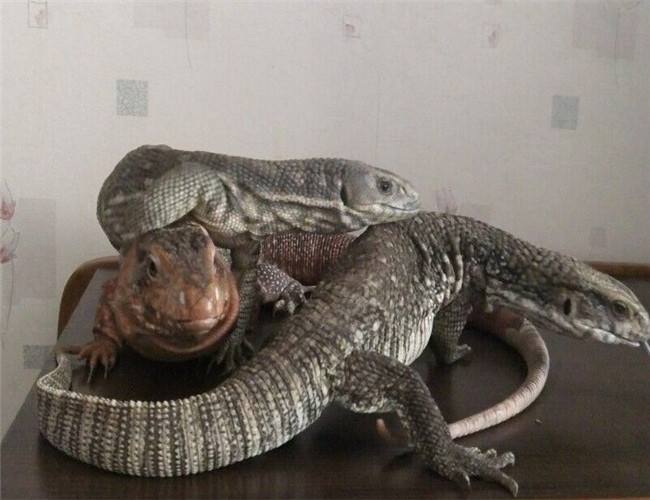
Unsurprisingly, the plain monitor was first raised by Americans. Due to its docile personality and relatively naive appearance, it has gradually been loved by exotic pet enthusiasts. Because the young plain monitor lizards are cheap, they quickly became popular in the reptile world. Plain monitor lizards are strong and easy to raise, so many people recommend them as an entry-level variety of monitor lizards.
How popular were plain monitor lizards back then? In the exchange area of the Reptile World Forum, there are a lot of plain monitor lizard exchange posts.
The plain monitor lizard is native to Africa. The reason why it is called the second Husky among monitor lizards is that after being raised for a long time, it will get closer to people and like to crawl around in the house. The plain monitor lizard has strong destructive power and its claws are very powerful. When no one is at home, it must be kept in a breeding box. Plain monitor lizards don't like to climb, but like to dig the soil. If there is no soil to dig at home, it will dig anything that can be dug. It has a short neck and looks cute, but in fact, the bite force of the plain monitor is quite strong. When playing with it, try to stay away from its mouth. In case of a nervous attack, it may bite its owner to taste the taste. Although the plain monitor lizard does not like to whip with its tail like the water monitor lizard, its tail whipping power is still not small, and it will feel hot if you are not careful.
The main threat is human hunting. It is often hunted by indigenous people for food, or its skin is taken as game, medicine, leather products, etc. As the most popular monitor lizard pet in the world, a large number of them are also captured on the pet market.
Endangered.
Plain monitor lizard is a national first-class protected animal, and it is legal to keep it.
Protect wild animals and eliminate game.
Maintaining ecological balance is everyone's responsibility!

